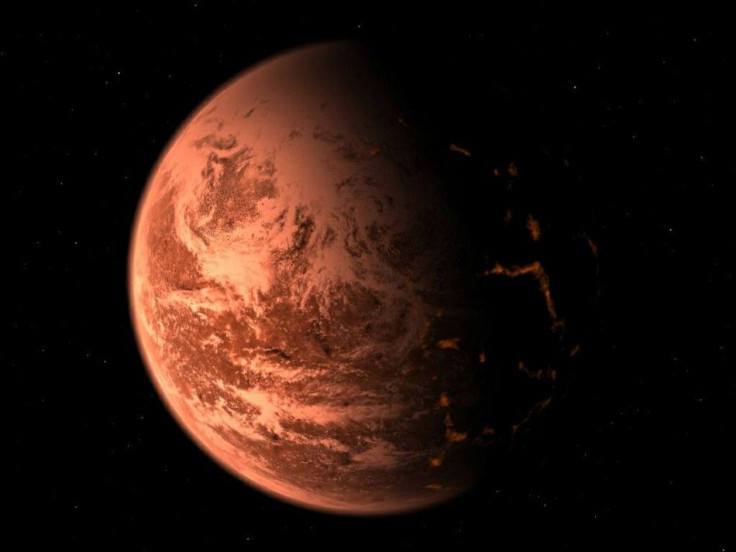Ozone Layer Found on Venus; Life Still Impossible on the Planet of Love

Venus Express spacecraft of the European Space Agency (ESA) has discovered one more potential material essential for the existence of life on Venus.
The spacecraft found an ozone layer high in the atmosphere of the planet.
Ozone absorbs the Sun's harmful ultraviolet rays and makes a planet's environment capable of supporting life.
According to astronomers, the layer found on Venus is similar to that surrounding the Earth and Mars. The comparison of the properties of the newly found layer with the layers surrounding the Earth and Mars will help astronomers move further with their search for life on other planets.
This detection gives us an important constraint on understanding the chemistry of Venus's atmosphere, says Franck Montmessin, who led the research.
It may also offer a useful comparison for searching for life on other worlds.
Venus Express found the ozone layer while watching stars at the edge of the planet through its atmosphere. The ozone was detectable because it absorbed some of the ultraviolet from the starlight.
Venus's ozone layer sits at an altitude of 100 km, about four times higher in the atmosphere than Earth's and is a hundred to a thousand times less dense.
Even after the detection of ozone layer on the Venus, life is still not possible on this planet. Theoretical work by astrobiologists suggests that a planet's ozone concentration must be 20 percent of the Earth's value before life should be considered as a cause.
These new results support that conclusion because Venus clearly remains below this threshold.
We can use these new observations to test and refine the scenarios for the detection of life on other worlds, says Dr Montmessin.
Yet, even if there is no life on the Venus, the detection of ozone there brings the plant a step closer to the Earth and Mars since all three planets have ozone layers.
© Copyright IBTimes 2024. All rights reserved.





















